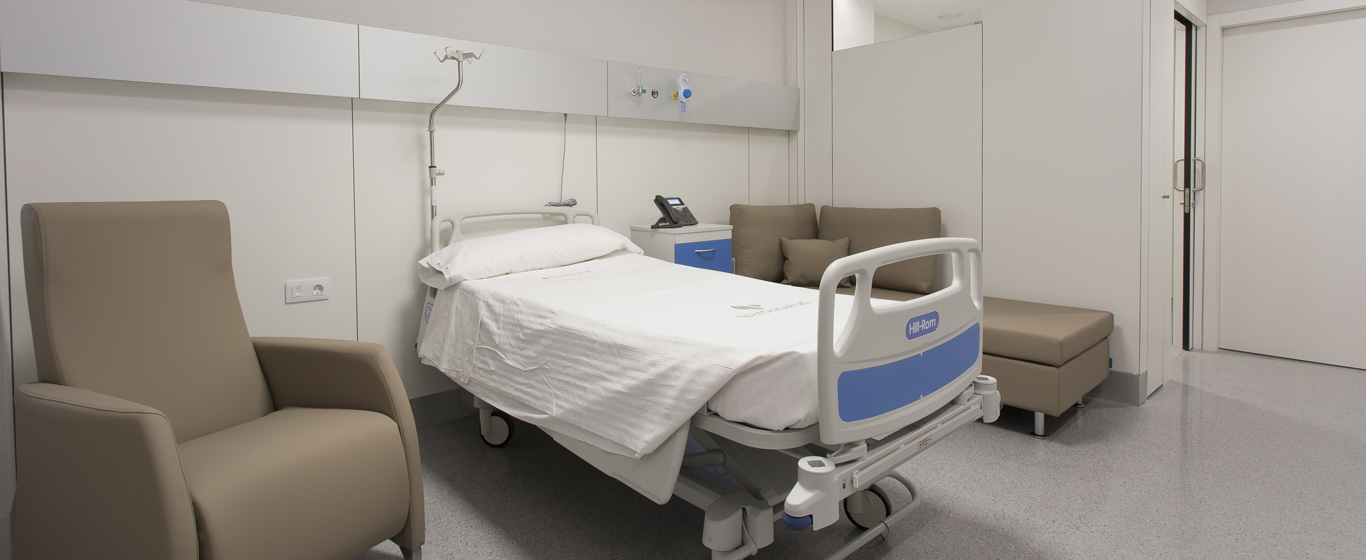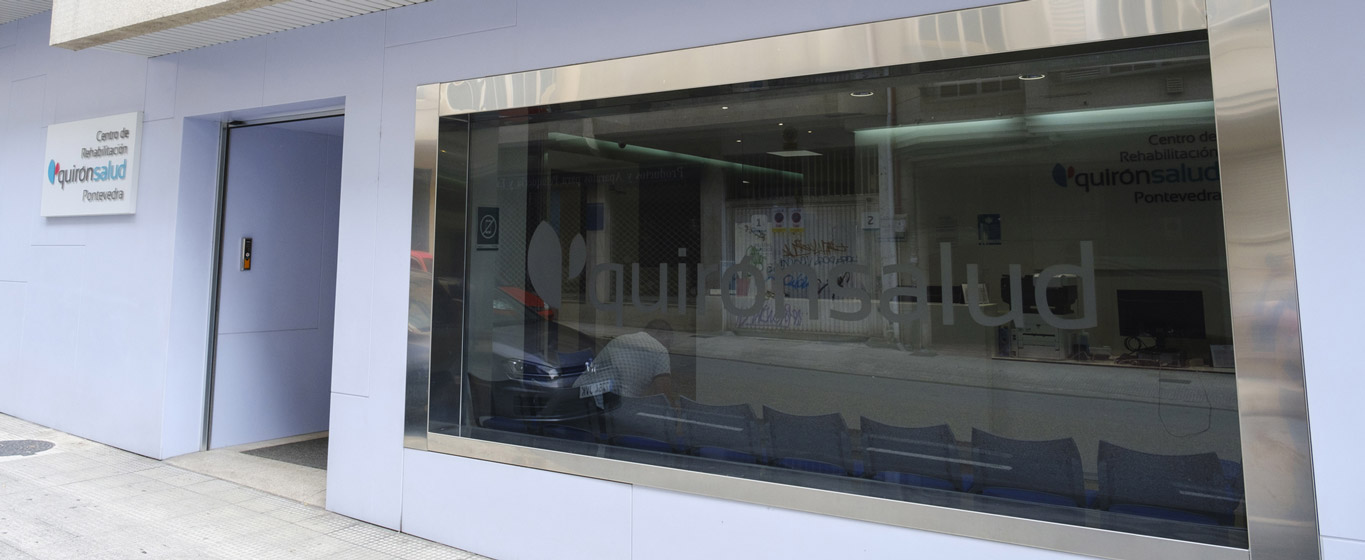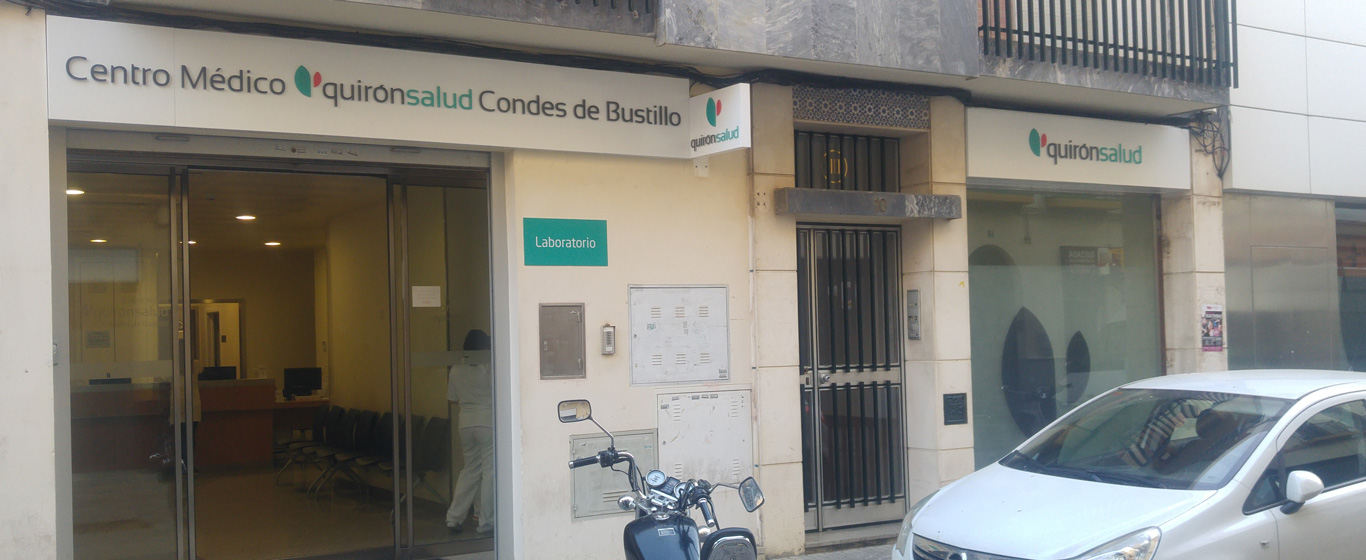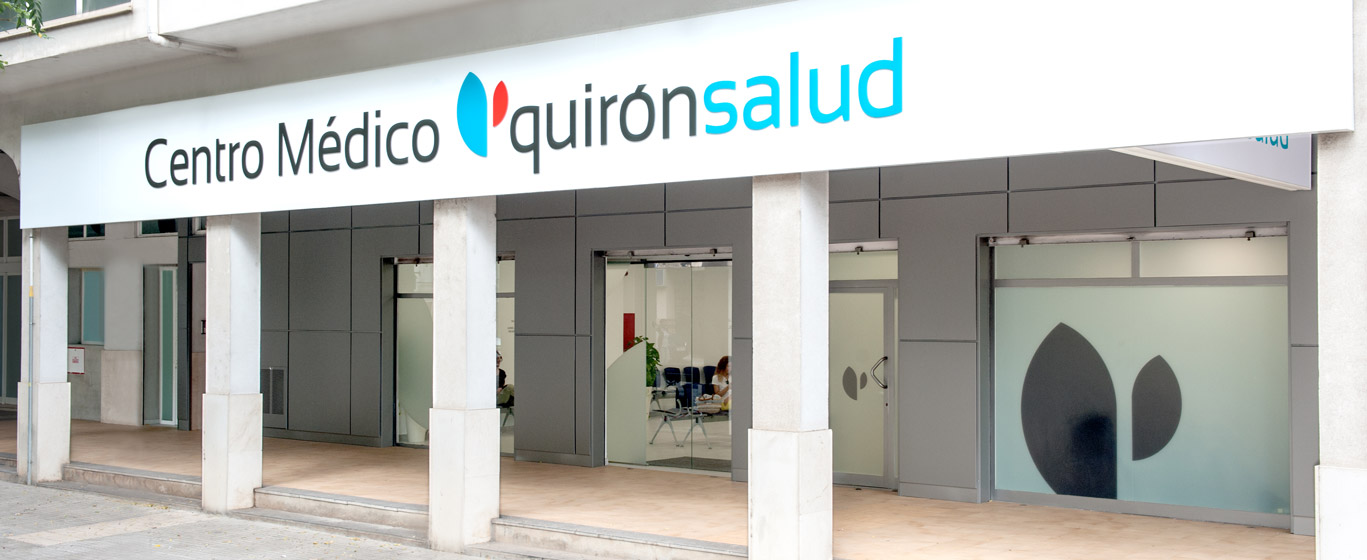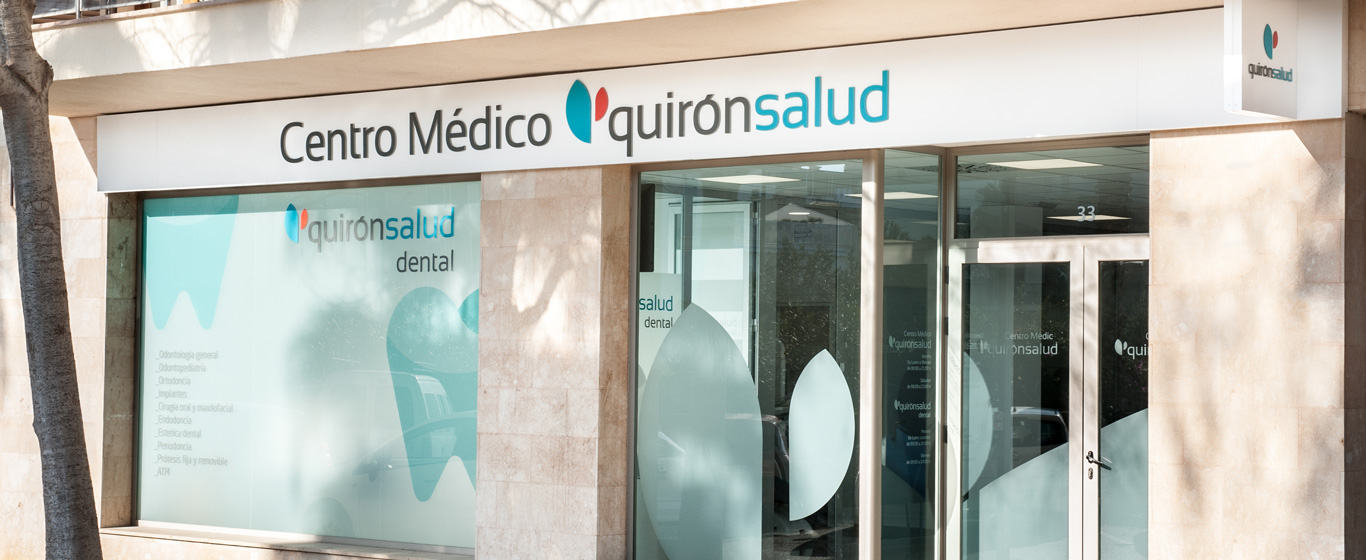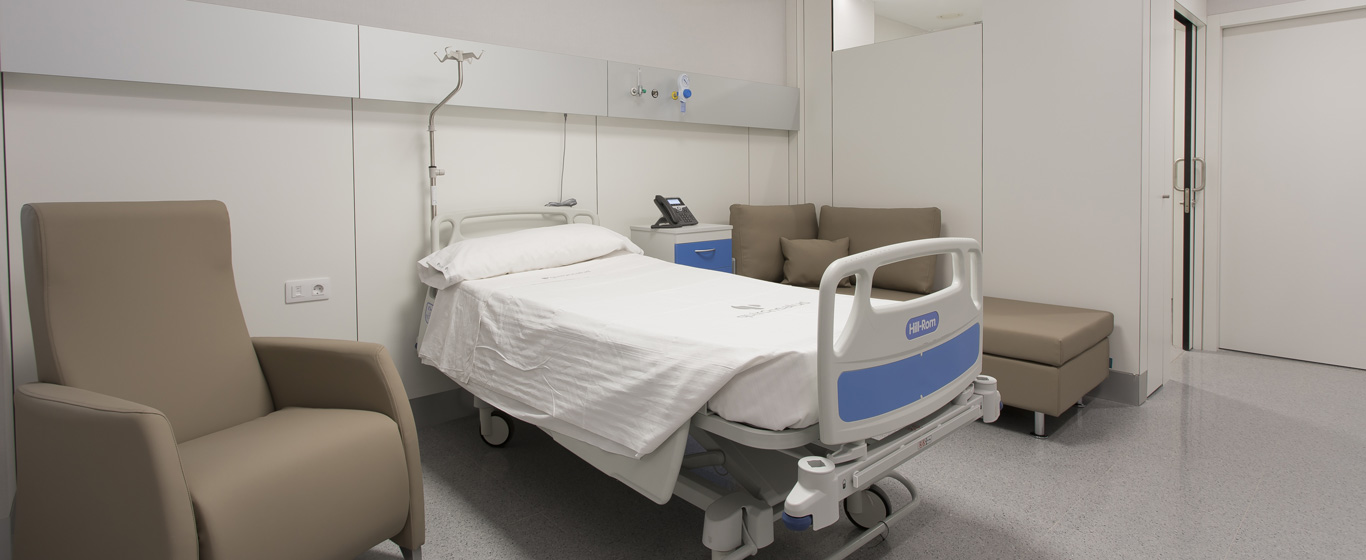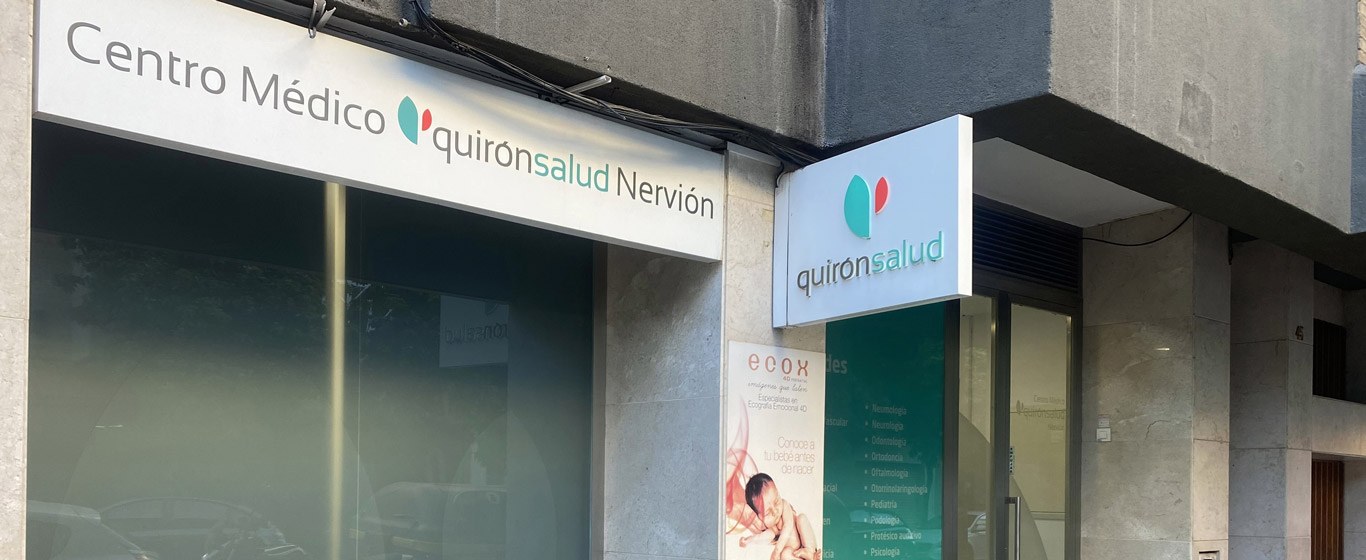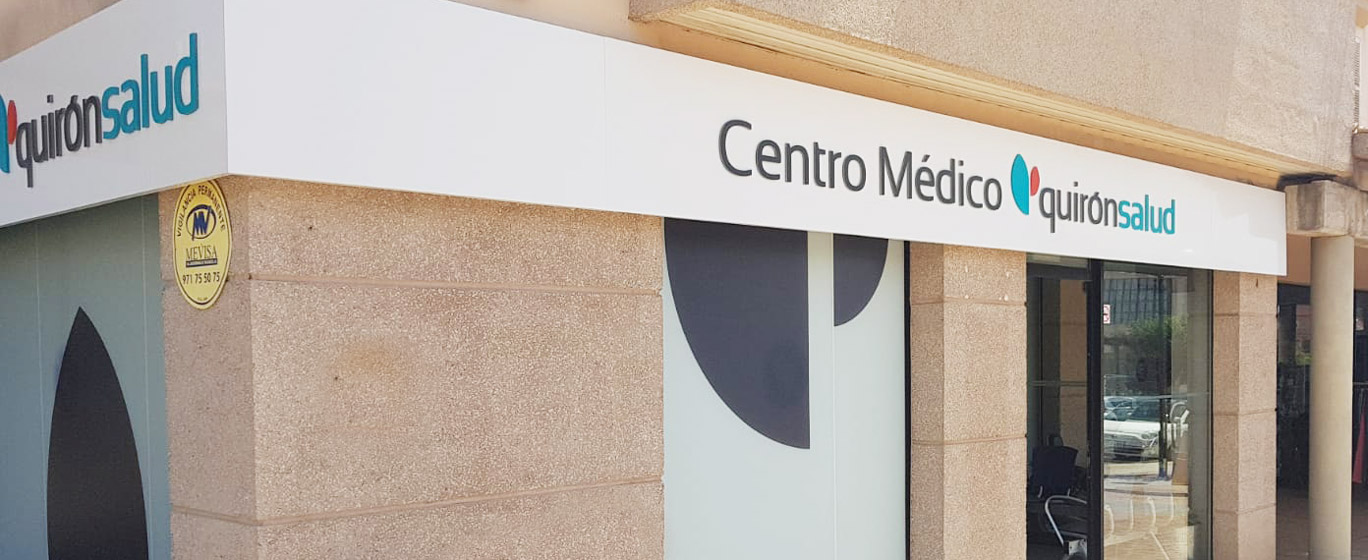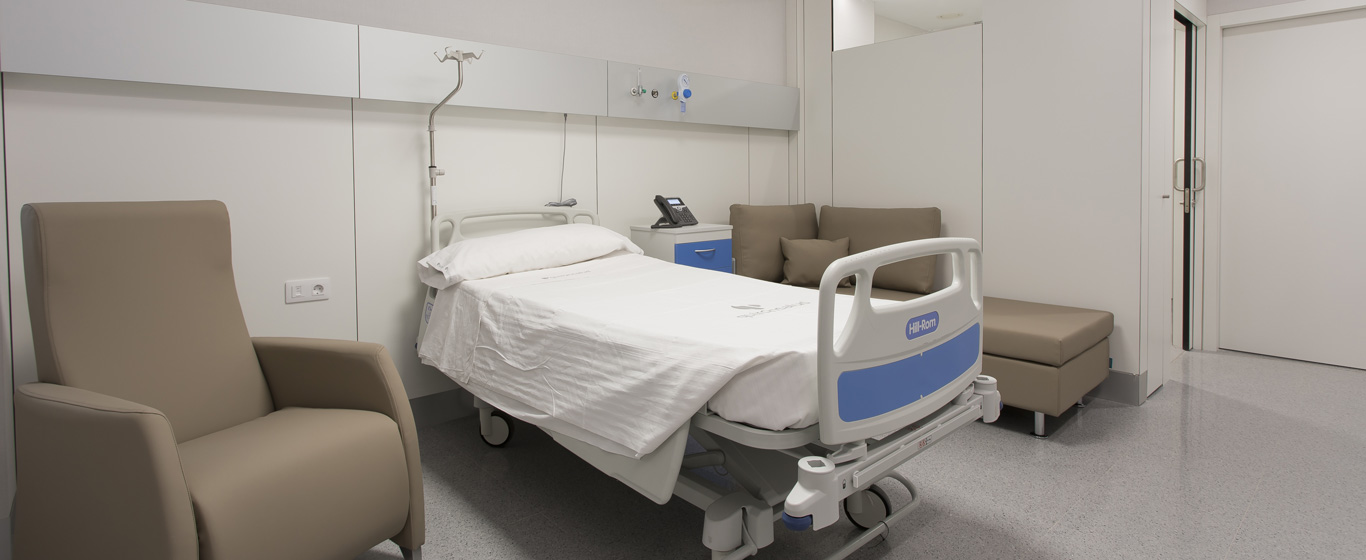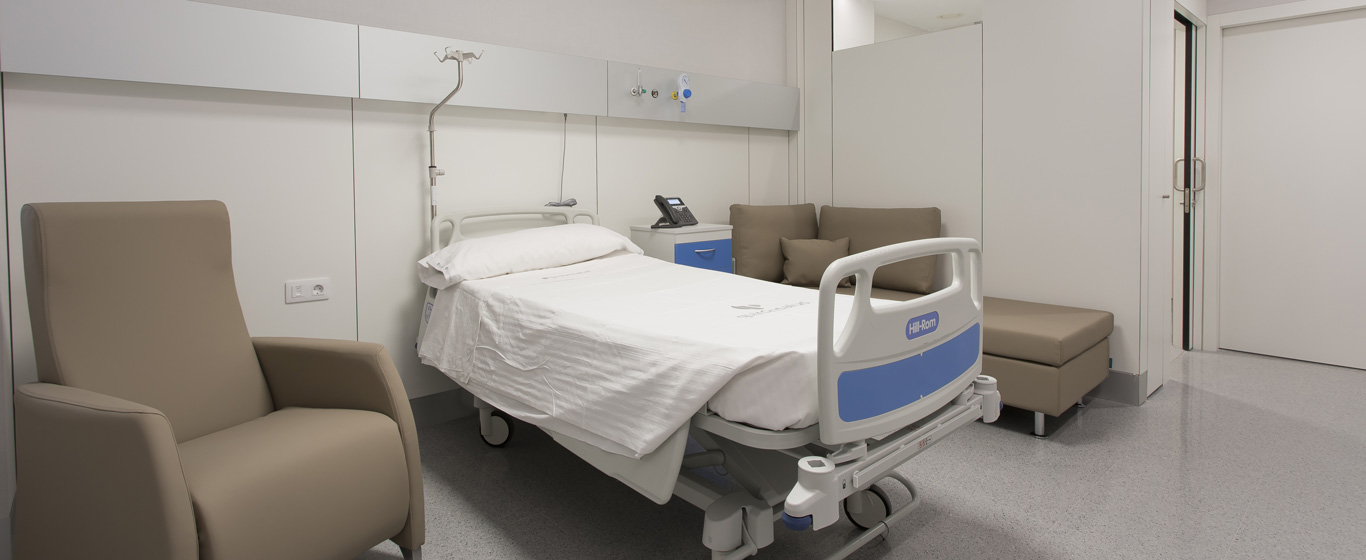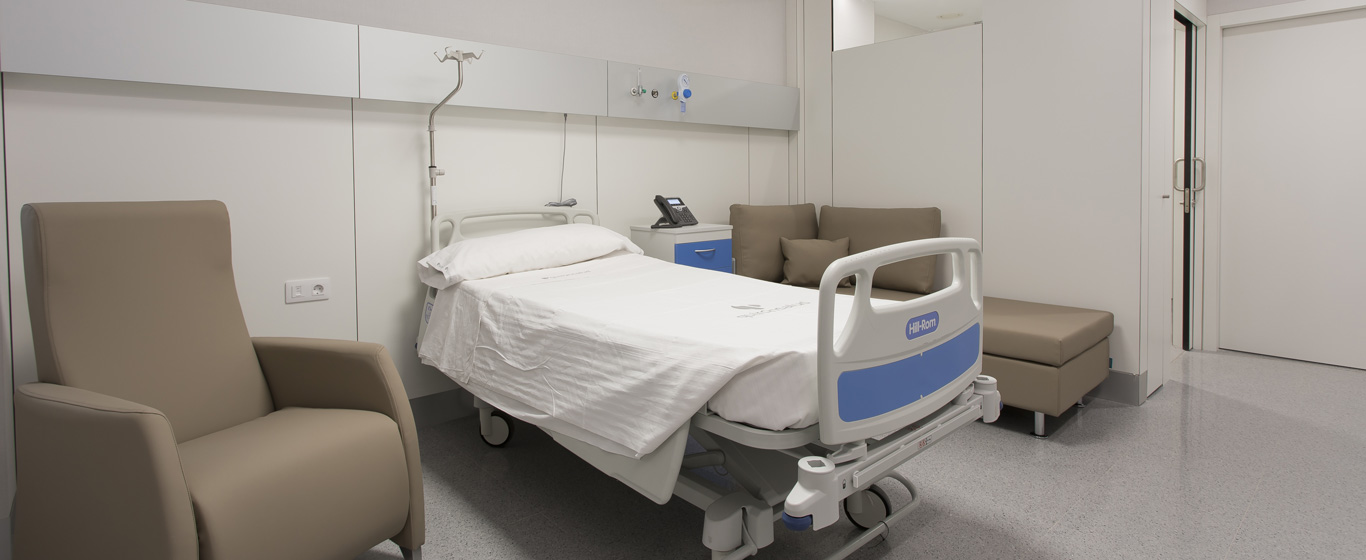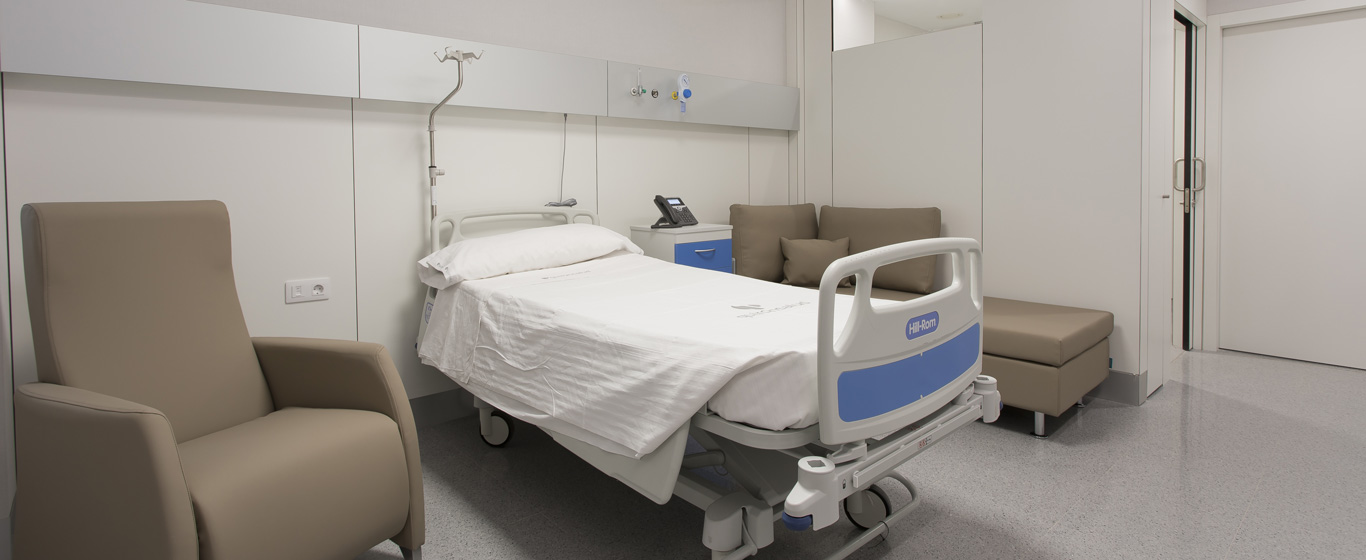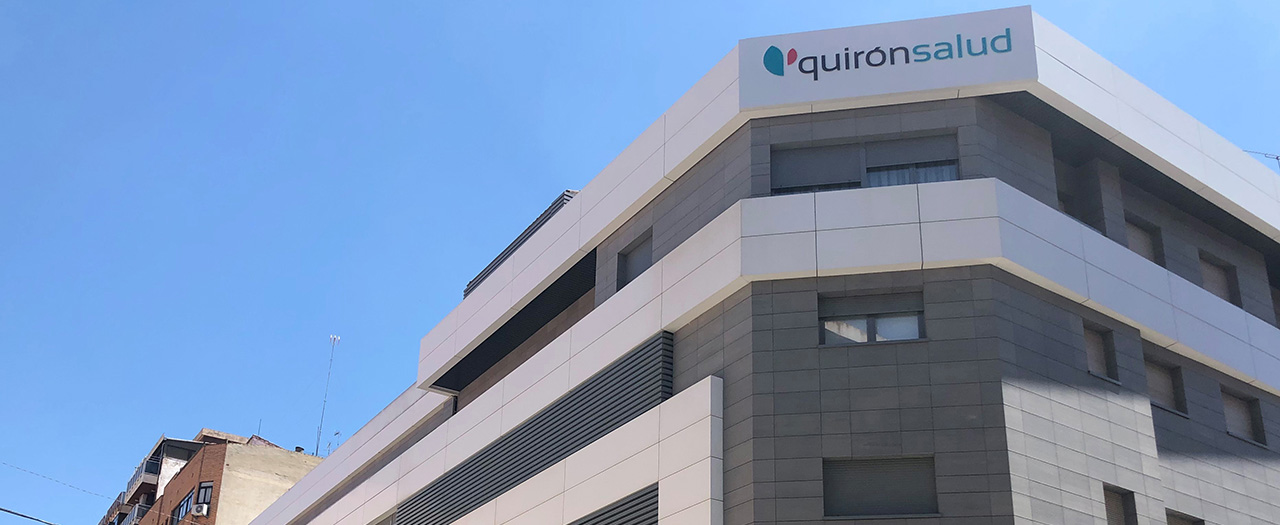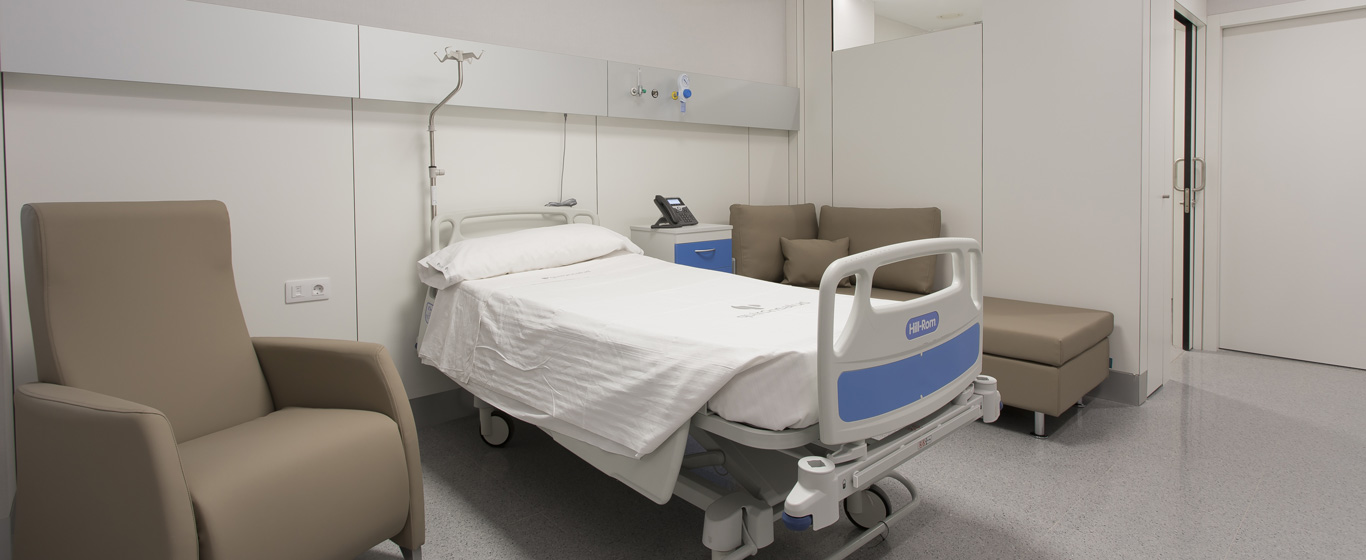Esophageal pH Monitoring
Esophageal pH monitoring is a test performed to determine the level of acidity in the esophagus. It is a useful tool for diagnosing and evaluating the most appropriate treatment for gastroesophageal reflux disease (GERD).

General Description
pH monitoring is a procedure used to measure acidity levels in the esophagus and identify the times of day when they are highest. This test is useful both for diagnosing gastroesophageal reflux disease (GERD) and for determining the most suitable treatment for each patient. The information obtained from this test allows for establishing a correlation between symptom severity and increased acidity levels.
Typically, esophageal pH monitoring records data over 24 hours, although in some cases, it can extend up to 96 hours. There are two main techniques for performing this test:
- Catheter-based pH monitoring: A flexible tube with sensors at the tip is inserted through the nasal passages to record acidity changes.
- Wireless capsule pH monitoring: A small device is placed in the esophagus via an endoscopy. This capsule transmits recorded data via radiofrequency to an external device for storage.
Esophageal pH monitoring provides detailed information about the characteristics, variations, frequency, and timing of reflux episodes (after meals, while lying down, or upon standing).
When Is It Indicated?
Esophageal pH monitoring is indicated for patients experiencing symptoms associated with GERD, dysphagia, or chronic gastritis. Symptoms may include difficulty swallowing (dysphagia), pain when food enters the stomach, heartburn, regurgitation, or chest pain.
This procedure is also commonly performed in patients who have undergone corrective surgery to assess their postoperative progress.
How Is It Performed?
Depending on the technique used, the pH monitoring procedure varies:
- Catheter-based monitoring: A flexible probe, approximately 2 millimeters in diameter, is inserted through the nasal passages until it reaches the esophagus. A lubricant may be used to facilitate the process. The external end of the catheter is connected to an electronic device (pH meter or Holter monitor) that the patient must carry during the test. Typically, the pH meter is configured to record measurements every five seconds.
- Wireless capsule monitoring: The procedure is similar to the catheter-based method, as a tube is inserted through the nose to place the device at the lower end of the esophagus. However, unlike the catheter method, the tube is removed after placement, eliminating the need to keep it in place throughout the test. Patients must still carry the Holter monitor for the test duration.
Risks
Esophageal pH monitoring does not pose a health risk to the patient.
Some discomfort may be felt in the nose or throat when inserting or removing the probe, but the procedure is not painful. In rare cases, the tube may cause slight erosion, leading to minor bleeding.
What to Expect from Esophageal pH Monitoring
Esophageal pH monitoring is an outpatient procedure, allowing patients to return home and resume their routine afterward. Before the test, patients must sign an informed consent form.
After the specialist explains the procedure, the patient is seated in a chair. The probe is carefully inserted through the nose. This step is not painful, but patients may experience discomfort, a tickling sensation, or the urge to sneeze.
Patients undergoing capsule-based monitoring can continue their usual activities. However, those using the catheter method are advised to limit work-related activities to avoid discomfort or accidental displacement of the tube. To correlate acidity changes in the esophagus with specific activities, patients are usually required to keep a record of movements, meal times, and food intake.
The external device must always be carried, either in a pocket or secured with a strap. Patients with a catheter can wash but should avoid showering or engaging in intense physical activity.
Once the prescribed monitoring period is complete, the specialist removes the probe and collects the pH meter for data analysis. The capsule follows the gastrointestinal tract’s natural movement and is usually expelled within four to ten days. Patients should monitor their stools to ensure proper expulsion.
After the probe is removed, some patients may experience mild throat discomfort for a short period.
Once all data has been collected and analyzed, the specialist prepares a pH monitoring report, which is discussed with the patient in a follow-up consultation two to three days later.
Medical Specialties That Use pH Monitoring
Esophageal pH monitoring is a diagnostic test commonly used in general surgery and digestive system specialties.
How to prepare
In the 48 to 72 hours before the probe or capsule placement, patients should avoid tobacco and stimulant substances. Additionally, fasting is required for 8 to 12 hours before the test.
Some patients may need to discontinue certain medications, as specific drugs can alter test results.







